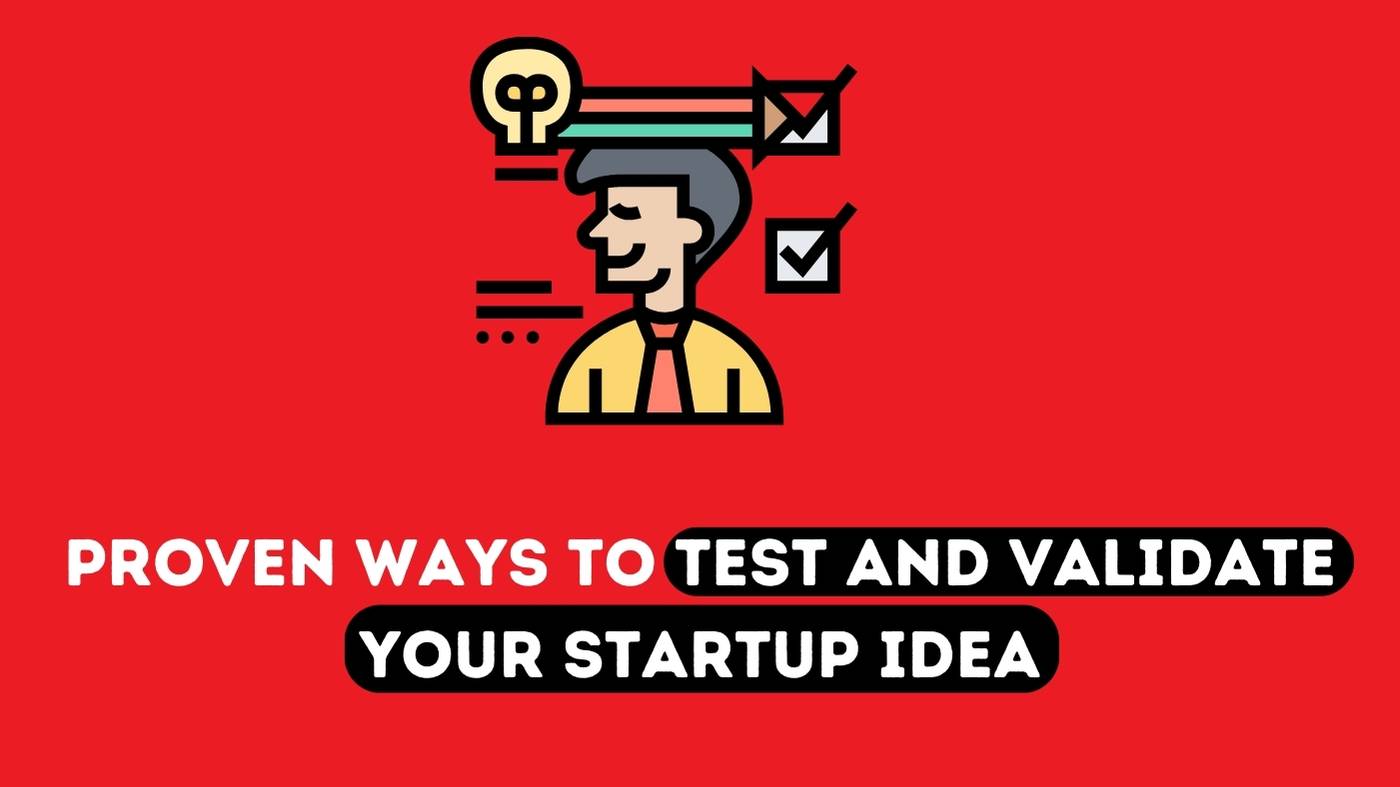Quick Summary
⭐ Pre-Launch Validation Through Direct Customer Engagement: Focus on gathering direct feedback through customer interviews, landing page email captures, search ad experiments, waitlist pre-orders, and crowdfunding campaigns to gauge initial interest and willingness to pay.
⭐ Post-Launch Validation Through User Behavior Analysis: Analyze how users interact with your product by conducting in-depth user testing, conversion funnel analysis, churn studies, and revenue expansion metrics to identify areas for improvement and measure customer satisfaction.
⭐ Continuous Feedback and Iteration: Implement feedback loops through NPS surveys, focus groups, and customer feedback surveys to continuously gather insights and refine your product, ensuring it meets customer needs and maintains strong market validation.
You’ve come up with a brilliant business idea. Now how do you know if it’s actually viable? Validating your startup concept is crucial to avoid wasting time and money building something no one needs.
Whether you’re still in the early ideation stage or have already launched, testing your assumptions is key. Follow these 12 methods to validate your idea, mitigate risk, and set your startup up for success:
Before Launch
Ways to test and validate your startup idea before launching it.
1. Customer Interviews
Talking directly with potential users gives invaluable feedback on your idea’s appeal. Ask probing questions to understand their pain points and gauge interest in your proposed solution. Aim for at least 30 interviews to identify patterns.
2. Landing Page with Email Capture
Create a basic one-page website explaining your offering. Promote it through targeted ads to drive traffic. Offer an email signup to gauge interest. Conversion rate indicates whether your messaging resonates.
3. Search Ad Experiments
Run small search ad campaigns targeted to your customer keywords. The cost-per-click and click-through rates reveal demand for your idea. Let searchers sign up for launch updates.
4. Waitlist Pre-Orders
Invite people to join a waitlist to preorder your product for a deposit. This tests if customers are willing to pay before your startup delivers. High conversion signals strong validation.
5. Crowdfunding Campaign
Launch a Kickstarter or Indiegogo campaign introducing your product and vision. Reaching funding goals indicates customer excitement. Supporter feedback also helps refine your idea.
After Launch
Ways to test and validate your startup idea after launching it.
6. In-Depth User Testing
Observe real users interacting with your product to pinpoint usability issues and desired improvements. Their feedback, emotions, and pain points while using your solution can guide refinement.
7. Net Promoter Score (NPS) Surveys
NPS measures customer loyalty by asking “On a scale of 1-10, how likely are you to recommend us to a friend or colleague?” Scores above 50 indicate strong satisfaction and validation.
8. Focus Groups/User Panels
Get diverse end users together for moderated discussions on your product’s strengths and weaknesses. Look for consensus around needed enhancements and well-received attributes.
9. Conversion Funnel Analysis
Study analytics to see where customers drop off in your sales or onboarding funnel. Prioritize fixing pain points causing high exit rates to boost conversions.
10. Churn Studies
Analyze why some customers cancel or lapse. Was the product mismatched to their needs? Do certain features drive retention? Which customer segments have highest churn?
11. Revenue Expansion Metrics
Healthy startups see existing clients spend more over time. Measure expansion revenue and what percentage of customers increase their purchases. This indicates strong validation.
12. Customer Feedback Surveys
Pulse surveys gather input on new features or recent changes. Timely feedback channels like in-app messaging also provide validation data from real using customers.
While some validation occurs through hard data, conversations reveal deeper human insights. Combining quantitative and qualitative techniques provides a 360-degree view into your idea’s viability.
The most validated ideas balance customer enthusiasm with demonstrated willingness to pay. Testing assumptions never stops even after launch. Continually experimenting and incorporating user perspectives is crucial to building products people genuinely want and value.

